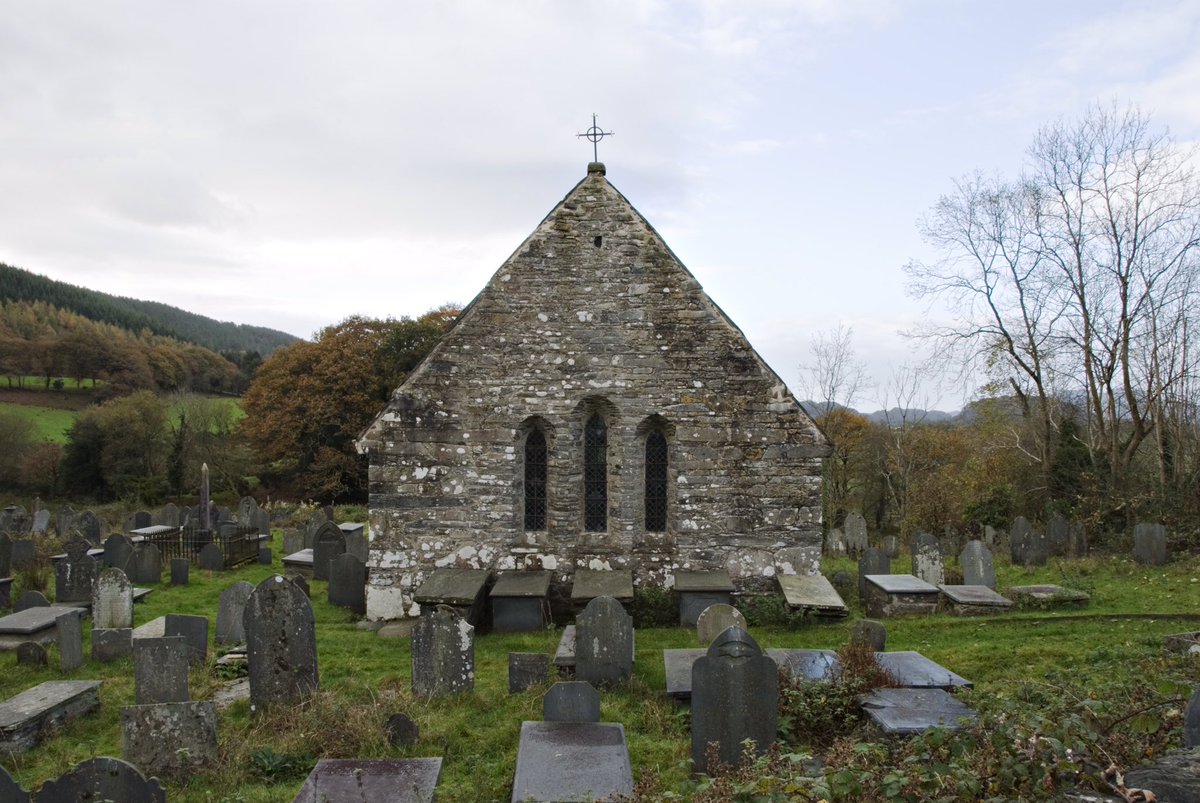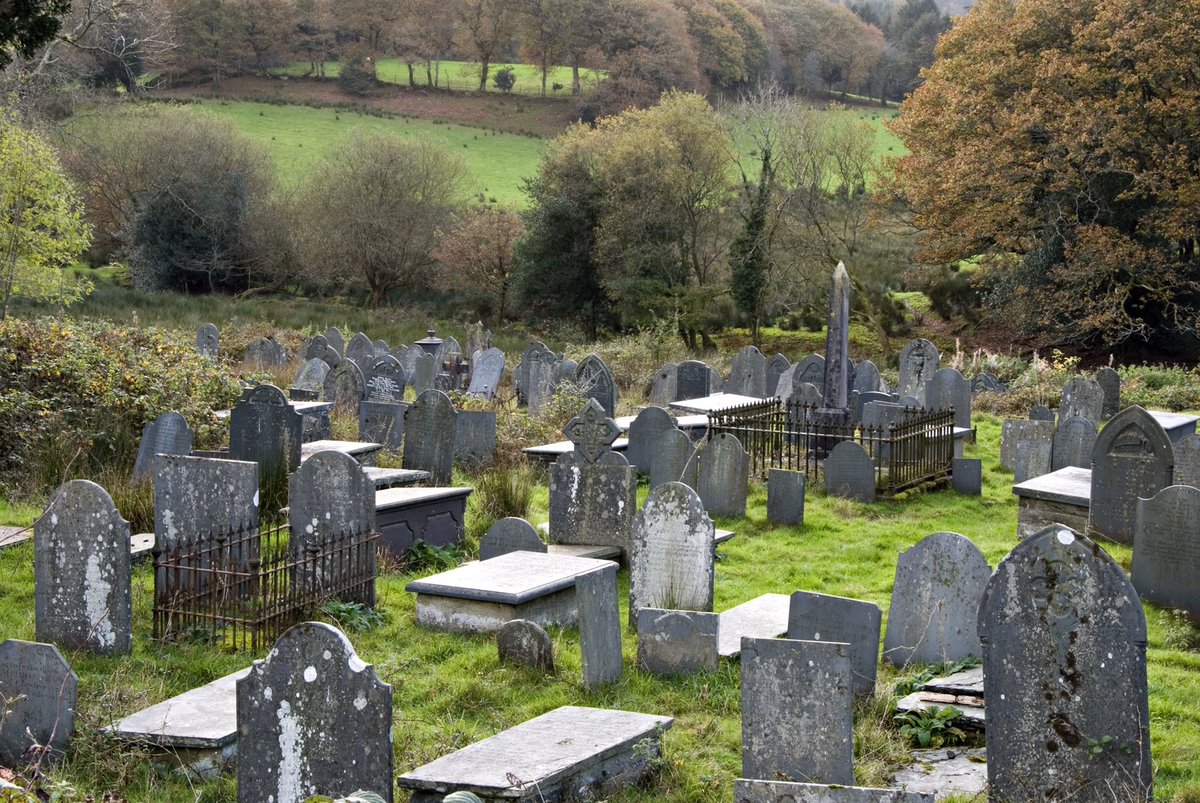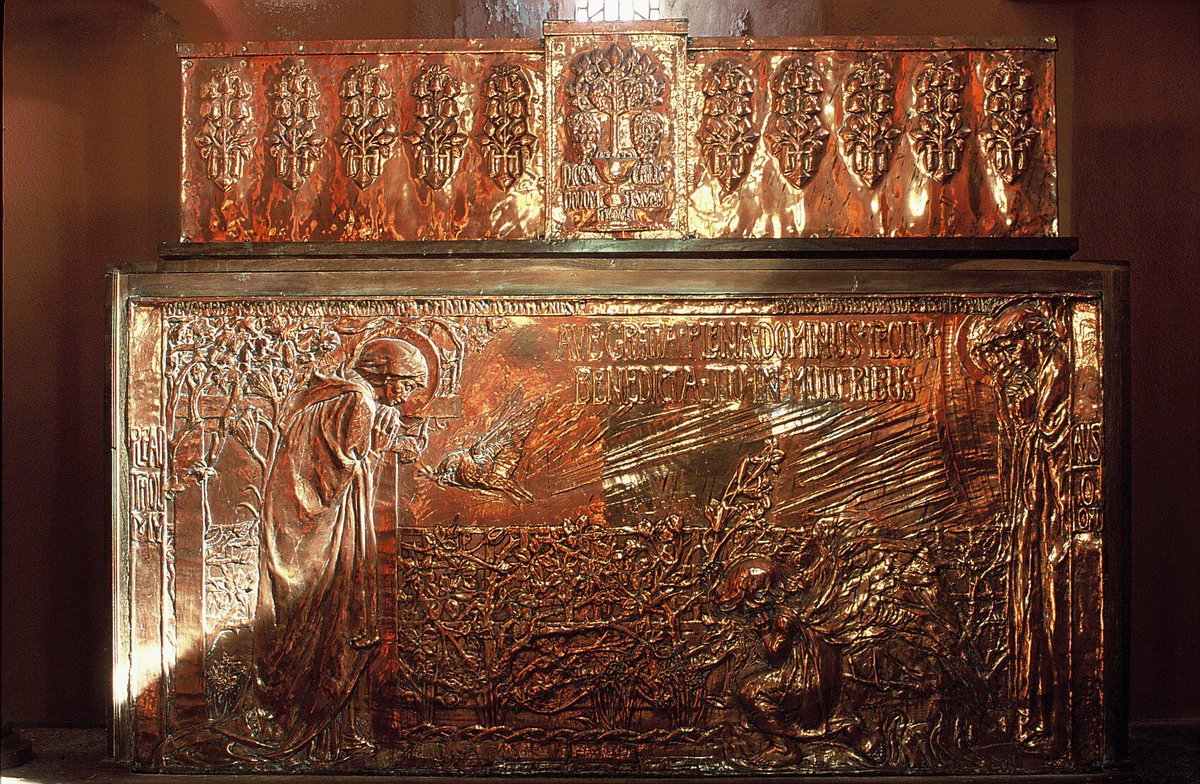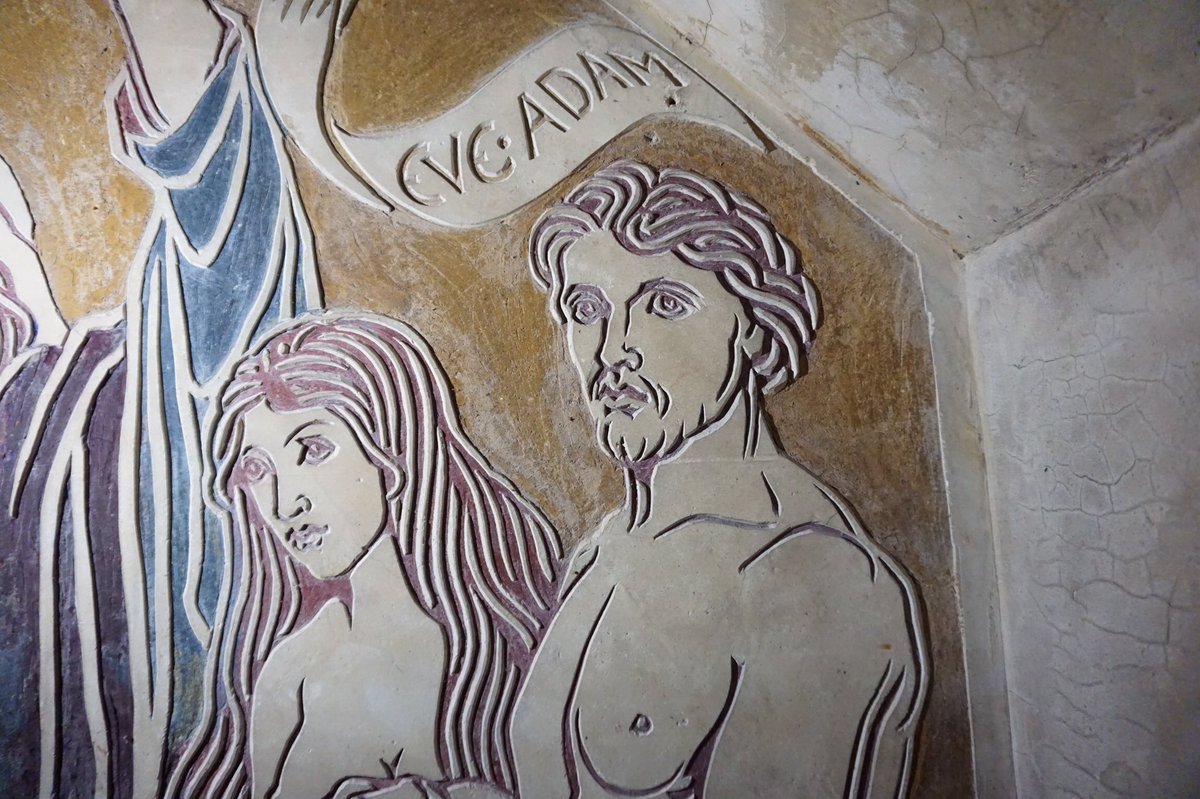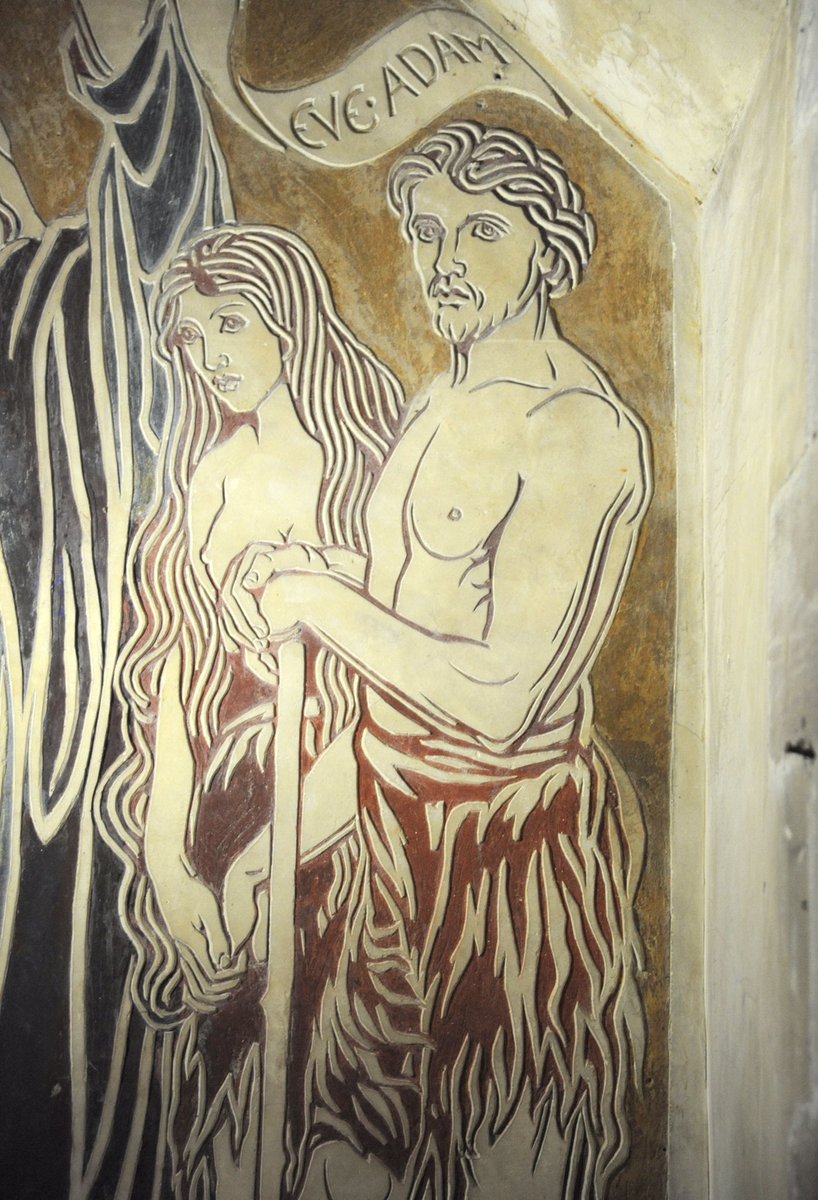
Today, we venture deep into the Black Mountains. Back to the 5th century when a princess called Ellyw lived. And to the ancient church of Llanelieu, close to the spot where Ellyw was murdered.
#thread
#thread

Ellyw was the grand-daughter of Brychan, Prince of Brycheiniog, and early in life, she took a vow of chastity, dedicating her life to Jesus. But her family did not accept this and forced her to marry.
2/6
2/6
Ellyw fled the kingdom – and her family. She wandered over the hills... villagers feared her
grand-father and refused to help her. Eventually, Ellyw found a small hut in Brecon and lived there in isolation.
3/6
grand-father and refused to help her. Eventually, Ellyw found a small hut in Brecon and lived there in isolation.
3/6

She was hunted down by the Prince, who demanded that she returned at once and obey his orders to be married. But Ellyw was resolute, sure of her mind, and refused. In a rage, her rejected suitor cut her head off.
4/6
4/6
Legend tells us that a spring burst through the earth at the point where her head fell. And that the villages that turned her away suffered a series of disasters for years to come.
5/6
5/6

The church dedicated to St Ellyw sits in Cwm Rhyd-Ellywe within an oval, walled churchyard indicative of pre- or early Christian origins ... in the churchyard are pillar stones inscribed with simple Celtic-type crosses that could date to Ellyw’s time.
6/6
6/6

• • •
Missing some Tweet in this thread? You can try to
force a refresh









